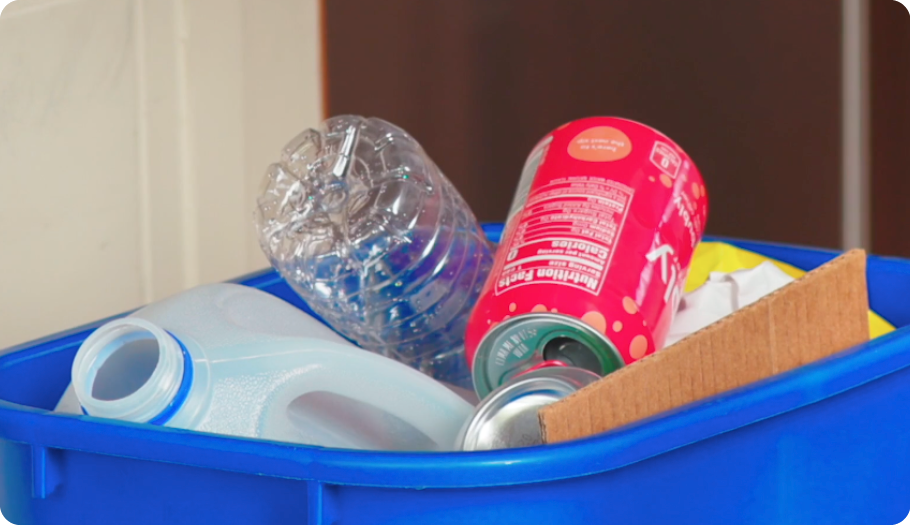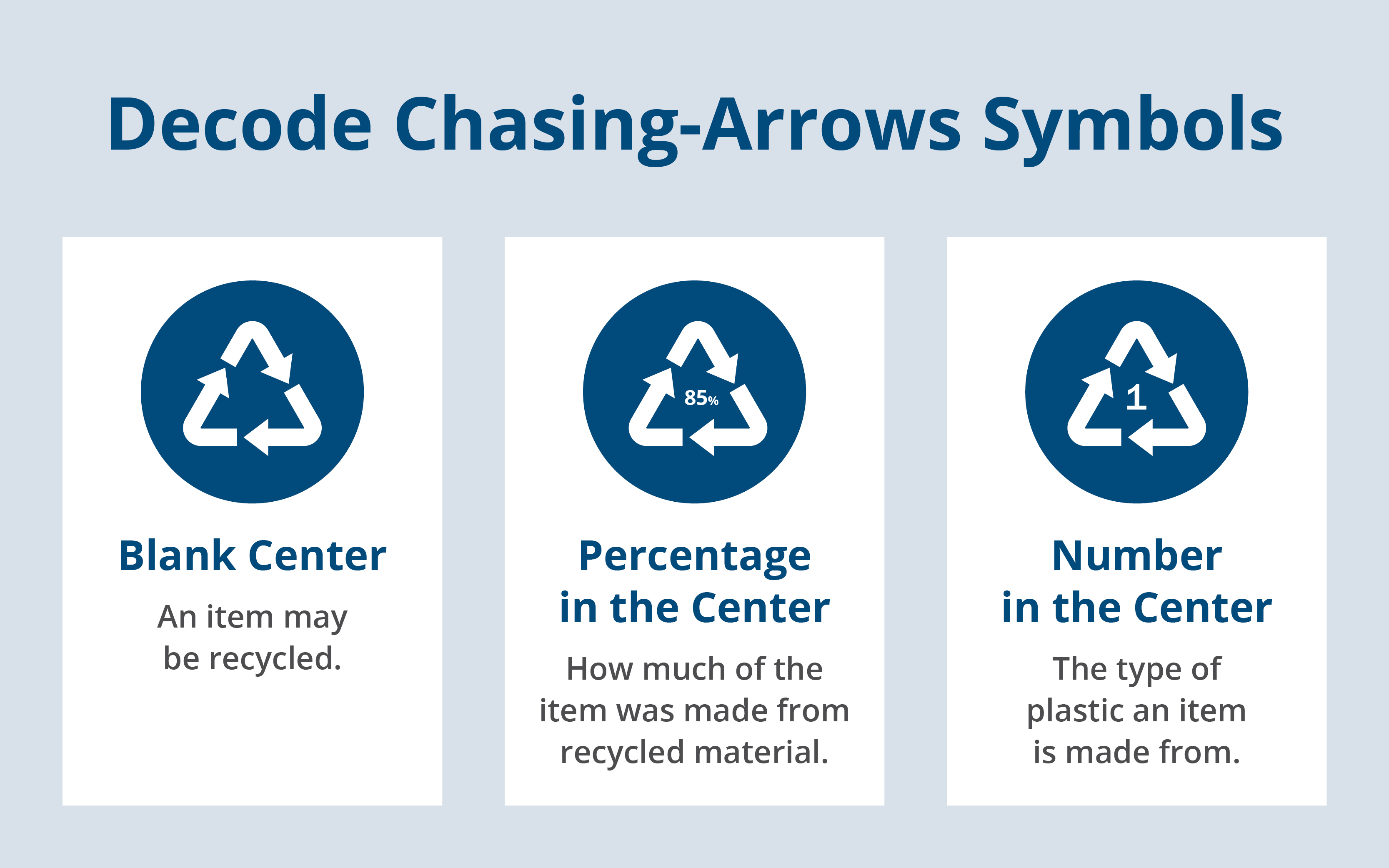
The Top 5 Recycling Myths Busted
Discover the truth behind five common recycling myths and get practical tips to help you recycle more accurately and confidently.Byline: BTB Author
October 13, 2025 / Time to read: 3 minutesIf you’ve ever felt thrown off by recycling symbols or unsure if your efforts are making a difference — you’re not alone.
The truth is, while 73% of U.S. households have access to curbside recycling, only about
But here’s the good news: There’s a big opportunity to do better — and a little knowledge goes a long way when it comes to increasing recycling success.
We’re here to make recycling easier by busting some of the most common myths — and reminding you that, yes, recycling does matter.
Myth: Anything with Chasing Arrows Can Go in the Recycle Bin
Truth
The chasing arrows symbol doesn’t always mean an item is accepted in curbside recycling. Some items with this symbol require drop-off at designated recycling centers — or aren’t accepted at all.
Pro tips
Familiarize yourself with different symbols:
- A blank center means an item may be recycled. Check with your local recycling center to see where and how to recycle it.
- A percentage in the center denotes how much of the item was made from recycled material.
- A number in the center indicates the type of plastic an item is made from — but not all numbers are accepted curbside.
To decode specific plastic, paper and metal recycling symbols,

Myth: You Should Bag Your Recyclables
Remember the water bottle we mentioned earlier? Once you place it in your recycling bin at home — empty, clean and dry, of course — it embarks on a multi-step journey before it becomes something new. Here’s what typically happens:
Truth
Recyclable items should be
Pro tips
Try the poke test:
Any plastic you can poke your finger through shouldn’t go in your recycling bin.
Return bags instead:
Many grocery stores accept plastic bags for proper recycling at a commercial facility.
Myth: Recycling Uses More Energy Than It Saves
Truth
Producing goods from recycled materials is typically
Pro tips
When in doubt, throw it out:
If you’re unsure whether an item is recyclable, it’s best to
Myth: Recycling All Ends Up in Landfills Anyway
Truth
Remember when we said only a portion of recyclables are being recycled? That’s because many recyclable items never make it into the recycling system to begin with due to contamination, improper sorting and lack of consumer participation.
There is high demand for recycled materials to reuse in sustainable packaging. In fact, demand for recycled plastic is
Pro tip
Empty and rinse:
Before tossing items in your bin, make sure they’re
Myth: Plastic Isn’t Recyclable
Truth
Many plastic products are recyclable curbside including bottles, jugs and tubs. Thinner, flimsy plastic, like bags or wrap, isn’t recyclable because it’s harder to sort and process.
Pro tip
To help
- Shape: Jug-style plastics with a handle or neck (like water bottles, laundry detergent jugs and ketchup bottles) are usually accepted.
- Flexibility: Thin plastic like sandwich bags, bubble wrap and plastic wrap are too flimsy and flexible for recycling facility equipment.
- Texture: Foam plastic, called Polystyrene (or Styrofoam®) should go in the trash or taken to a drop-off location.
Small Steps, Big Impact
Recycling can feel a little intimidating, but that doesn’t mean you need to take an all-or-nothing approach. By brushing up on the basics and understanding some of the most common myths, you can set your household up for greater recycling success and keep more valuable materials out of landfills.
